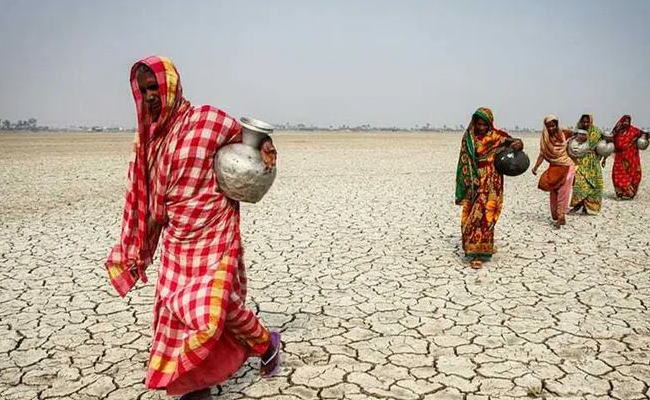
India News

The scorching heat has arrived early this year, with temperatures already exceeding 40°C in many parts of India. As a result, water levels in major reservoirs across the country are rapidly declining. According to the Central Water Commission (CWC), water storage in key reservoirs has dropped by 45% of total capacity. The Indian Meteorological Department (IMD) predicts higher-than-normal temperatures from March to May, increasing the likelihood of severe water shortages.
Reservoirs play a crucial role in irrigation and drinking water supply, but rising temperatures and excessive water consumption have significantly depleted reserves. The CWC report states that the total water storage capacity of 155 major reservoirs in India is 18,080 billion cubic meters (BCM), but currently, only 8,070 BCM remains.
Northern Region (Punjab, Himachal Pradesh, Rajasthan) – Only 25% of total capacity remains.
Himachal Pradesh reservoirs: 36% depletion
Punjab reservoirs: 45% depletion
Western Region – 55% of capacity remains
Central Region – 49% of capacity remains
Eastern Region – 44% of capacity remains
Water from these reservoirs is primarily used for agriculture, followed by industrial and household needs. With temperatures soaring and the monsoon still two months away, the situation is expected to worsen, affecting crops between the Rabi and Kharif seasons.
Out of 20 major river basins, 14 have water storage below 50% of capacity:
Ganga River Basin – 50% of total capacity remains
Godavari River Basin – 48% remains
Narmada River Basin – 47% remains
Krishna River Basin – 34% remains
Rivers are the lifeline for irrigation, drinking water, and livelihoods for millions of people. The depletion of water levels in these river systems will have a severe impact on agriculture, daily life, and overall economic activity in many parts of the country. With the summer months ahead, water scarcity is expected to become a major challenge for India.
Advertisment